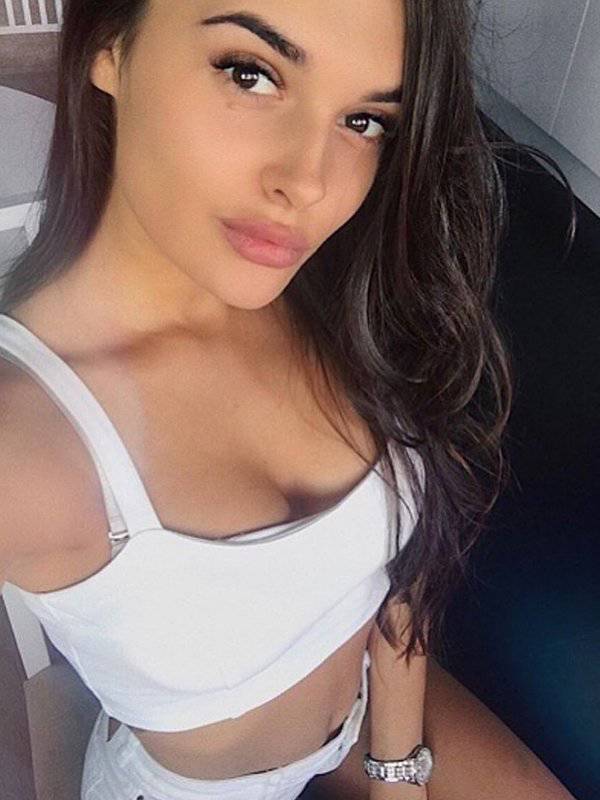When it comes to indian bridal traditions, there’s so much that happens, and it often starts much before the great evening. Before the wedding walks down the aisle, the bridegroom is welcomed by his rapidly- to- become in- rules and friends with a march known as the baraat. The bridegroom is escorted by his friends or on the rear of an elephant to the service page( past) where his future mother- in- law will wash his feet, sprinkle him with crimson and offer milk and honey https://www.nytimes.com/2011/10/13/fashion/makeup-makes-women-appear-more-competent-study.html. She may perhaps attempt to steal his boots, which he will have to pay for if she succeeds. The bridegroom is subsequently adorned with plants for luck and prosperity and he wears an elegant sherwani.
In front of the autocad is a sacred flames that represents Agni, the Hindu god of lifestyle. The bride and groom will wander around the hearth together four or seven days– these are called pheras. During this tradition, the couple is blessed for meals, money, joy, children, and harmony as well as their jeevansathi review dedication to each other.
After the pheras, it’s time to marry! The kanyadaan, also known as roka, saga or sakharpudra, is when the couple’s papa gives her ahead to the groom. The couple then change bracelets and the priest recite a song that absolves them of their debts to their parents and relatives and invites them into their people. Then the groom places the Mangalsutra around the neck of his wife and they take seven steps forward, each representing one of the following: dharma ( morality ), artha ( wealth ), kama ( personal gratification ), moksha ( spirituality ). They are therefore actually married!
